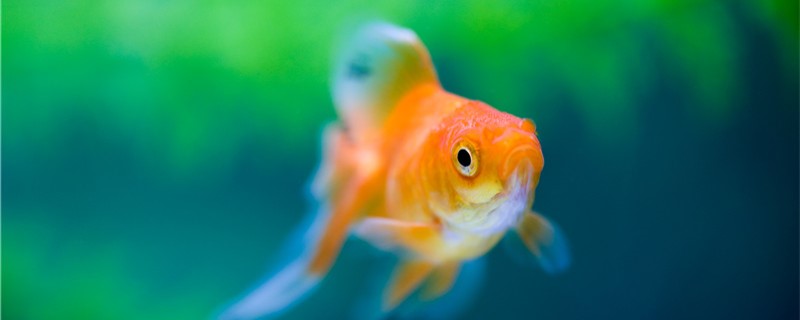
The depth of water for fish culture in ponds is generally between 2-3 meters, and at least about 1.5 meters. If the pond is too shallow, it will affect the growth of fish and reduce the yield. If the pond is too deep, the photosynthesis of the lower layer is relatively poor, and the mixing of the upper and lower layers is difficult, which will lead to insufficient dissolved oxygen in the lower layer, which is not conducive to material circulation, and will also reduce its productivity.
1. Location: The pond must be built in a place with convenient transportation, so as to facilitate the transportation of fish. At the same time, communication and power supply must be guaranteed, because fish farming needs some equipment to be open all the time, once the power failure will affect the health of fish, and even lead to their death.
2. Area: In order to ensure good economic benefits, the area of the pond should not be too small. In addition, special adult fish ponds, fry ponds and fingerling ponds should be prepared for fish of different periods. The size of the fry pond is about 1-2 mu, the size of the fingerling pond is 2-3 mu, and the size of the adult fish pond is between 15-20 mu.
3. Shape: The shape of the pond is mostly rectangular, the length-width ratio is 3:1, and the direction is mostly east-west. At the same time, it is necessary to ensure that it is sunny. Adequate illumination is conducive to the growth of plankton, and at the same time, it can also improve the dissolved oxygen content of the water.
4. Water source: It is also necessary to consider the water source for fish culture. Generally, it is necessary to select a natural water body without pollution as the water for fish culture, and special water inlet and drainage devices are needed to facilitate the entry and discharge of water flow.